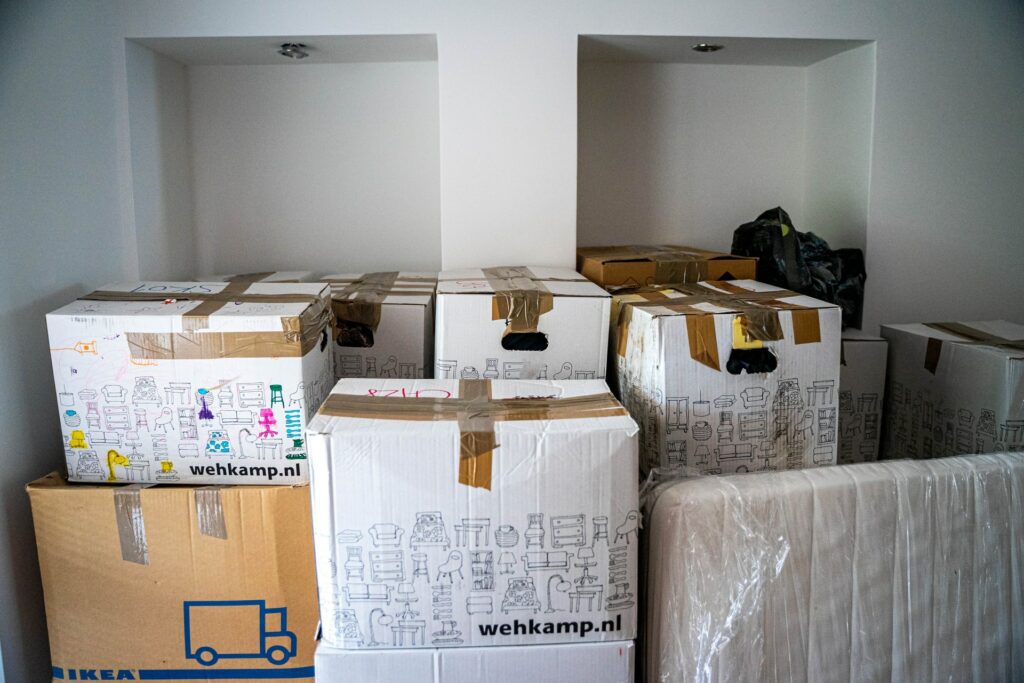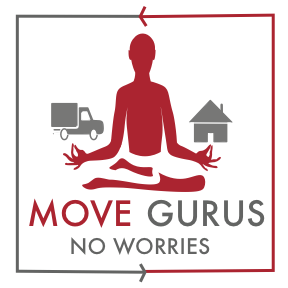Any good mover will tell you the key to success is preparation. Here, we’ll lay out a simple step-by-step breakdown of the process: what to pack, when to start packing, moving, and more.
Six to Eight Weeks Before: Clean and Secure What to Bring for Moving
- Do a Brief Clean of Your House: A spotless place will be quicker to manage when thinking about what items you will be carrying along with you to your new place.
- Go Over Each Room and Determine the Things to Sell or Donate: Having fewer things to pack will make your moving cost less and keep your moving process organized. Once you have your donations boxed up, store them in one location.
Five Weeks Before: Unload Items You’re Not Bringing Along
- Sell Them: Selling your unwanted belongings is a great way to save money while moving. Fewer items to move should reduce the cost of your move, and you will receive cash for the stuff you don’t want.
- Donate Them: If your items are not worth selling (e.g., broken toys), consider donating them. When you give away unwanted stuff, ask for a receipt so you can deduct the value of the donation from your taxes.
Four Weeks Before: Choose Your Mover
When you are moving, you should consider the size of your home and get at least three quotes. It is always better to shop for a moving company before deciding which one to hire. A few phone calls will give you a good idea of how much your move will cost.
You should also ask a potential moving company for an in-home estimate if you plan to move more oversized items such as pianos, refrigerators, etc. An in-home forecast will help you get an accurate idea of how much your move will cost.
Also, professional moving companies should have proper licensing and liability insurance for your safety and peace of mind. If a company does not have appropriate licensing and insurance, do not hire them!
Two to Three Weeks Before: Pack in Time for Moving
- Gather Packing Materials: Buy from Home Depot online, use linens and towels, and utilize suitcases.
- Put Non-Essential Items in a Garage: Start by packing unused storage rooms, closets, and garages. If you have no garage, put non-essential items under beds and in other areas, such as attics. Letting go of non-essential items early results in less stress when it is time to pack up boxes.
- Label Boxes: Write the name of what is in the box and what room it belongs to on each box. Doing so will aid you in arranging your boxes in the correct rooms once they get to your new place.
One Week Before: Wrap Everything Up
- Packing the Kitchen: Before loading kitchen appliances, you need to fill dishes and glassware correctly.
- Packing Clothes and Bedding: As long as the dresser is not jam-packed and sturdy, you can move it with some of its contents still inside.
In Conclusion
We hope this guide makes everything more achievable and worry-free. Like anything, moving is about planning and then breaking down the task into manageable pieces. A little preparation and careful organization can go a long way towards making your move a success.
Need help with moving? Contact Moving Gurus right now! We’re one of the residential moving companies in the US fully licensed and insured for your peace of mind, specializing in timely, safe, and effective residential moving, packing, and delivery.





